Kids devouring too much 'breakfast sugar' warning
- Published
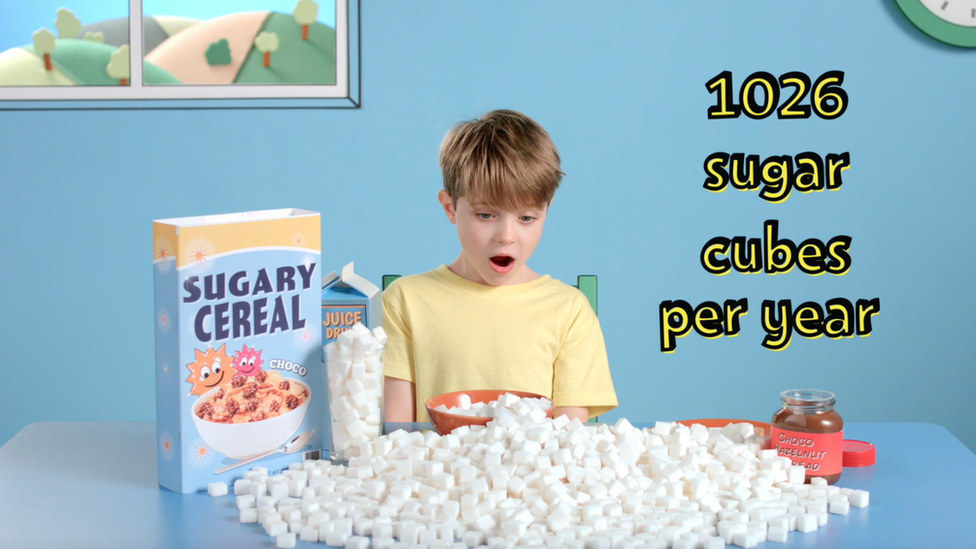
Health experts said children were eating too much sugar at breakfast time
Children are packing in so much sugar at breakfast that half their daily allowance has already been eaten before school, Public Health England says.
It warns that sugary cereals, juices and spreads are all damaging to health.
Rotting teeth, ballooning waistlines and long-term health problems like type 2 diabetes are caused by unhealthy diets.
Officials are encouraging parents to use an app that reveals the sugar content of food and drink, external.
Around a quarter of five-year-olds have tooth decay and nearly a fifth of children are already obese by the time they leave primary school.
Sugar is the prime culprit with the National Diet and Nutrition Survey showing four- to 10-year-olds consuming twice as much sugar as they should be.
A survey of 200 parents with children aged four to 10 revealed the problem starts at breakfast.
It found children were eating more than 11g of sugar or nearly three sugar cubes, on average, at breakfast alone.
That adds up to more than 1,000 cubes of sugar at breakfast over the course of a year.

How much sugar should children eat?
age 2 - less than 13 grams or 3 cubes per day
age 3 - less than 15 grams or 4 cubes per day
age 4 to 6 - less than 19 grams or 5 cubes per day
age 7 to 10 years - less than 24 grams or 6 cubes per day

A small bowl of sugary breakfast cereal contains around two cubes of sugar, spreading chocolate spread on toast racks up three sugar cubes and a glass of fruit juice has a whopping five cubes in it.
Dr Alison Tedstone, the chief nutritionist at Public Health England, said: "Children have far too much sugar, and a lot of it is before their first lesson of the day.
"It's crucial for children to have a healthy breakfast, but we know the mornings in a busy household can be fraught."
The survey also showed that 84% of parents thought they were giving their children a healthy start to the day.

The app scans barcodes of thousands of food and drink products to reveal total sugar content
So Dr Tedstone is encouraging people to use the Be Food Smart App, which has been updated since its launch last year and lets you scan barcodes to find out the sugar content of your meal.
Alex Whittenbury, who tried it in January last year, commented on the BBC News Facebook page: "Having just scanned my daughter's cereal and juice choice for breakfast, it appears she has already consumed her daily allowance of sugar.
"It certainly gives us food for thought."

Five recipe ideas to jazz up breakfast
Source: Change4Life
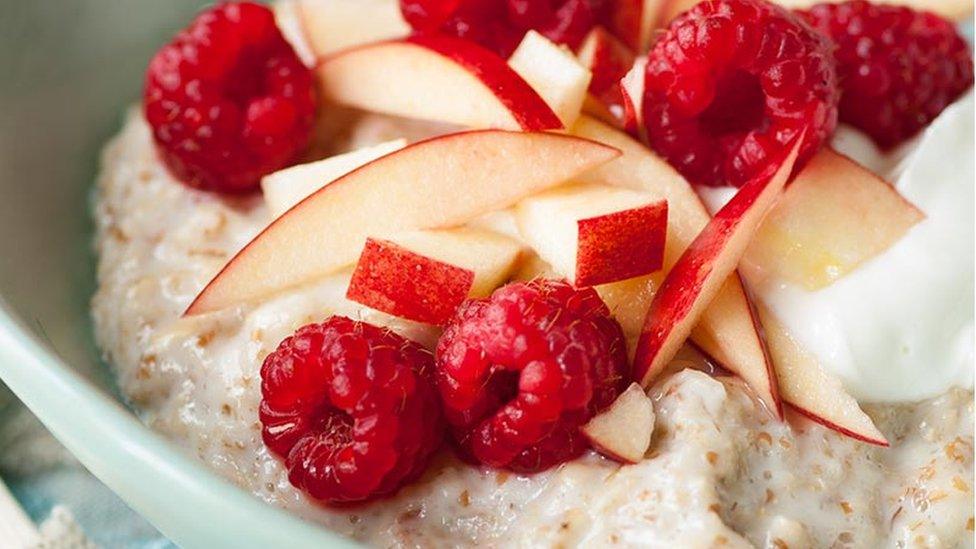
Making porridge and adding fruit is a healthy breakfast
Public Health England's top breakfast tips:
Add fruit - like sliced banana, raspberries or blueberries to plain cereals or porridge
Drink lower-fat milk - like semi-skimmed, 1% or fully skimmed (but not for children under 5) with cereal
Have wholegrain toast - instead of having white or a sugary cereal and use only a thin layer of toppings like jam
Master porridge oats - by mixing them with fruit and low fat (and low-sugar) yoghurt and leave it to soften overnight in the fridge
Bagels - go for lower-fat soft cheese
- Published3 January 2017

- Published1 December 2015
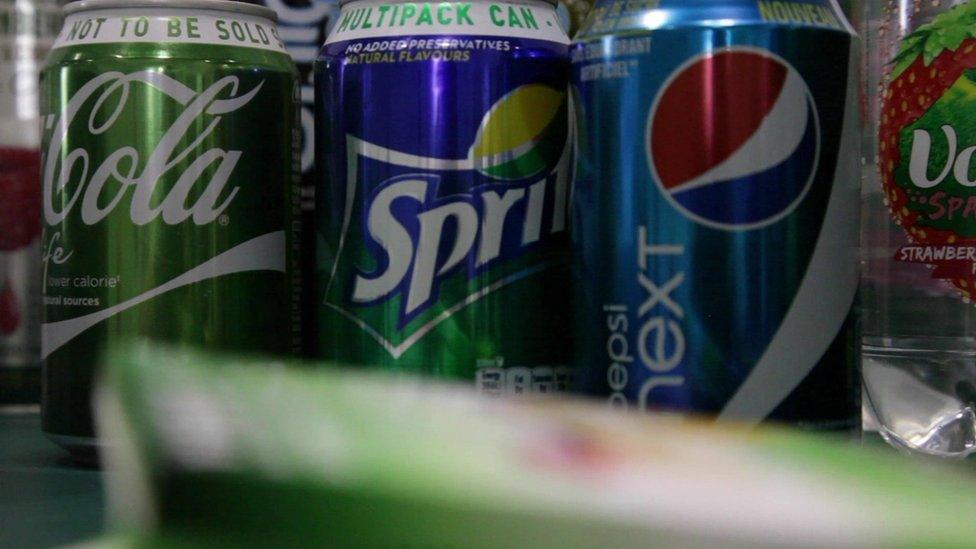
- Published29 May 2015
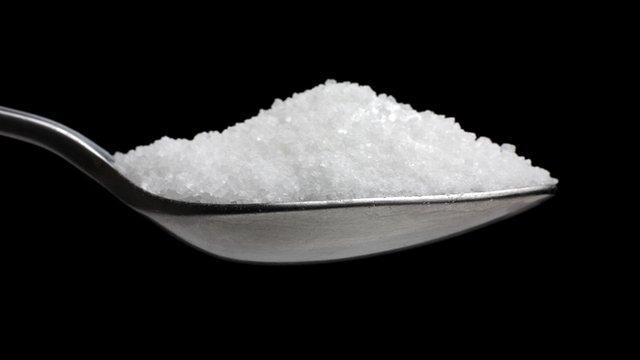
- Published17 December 2015
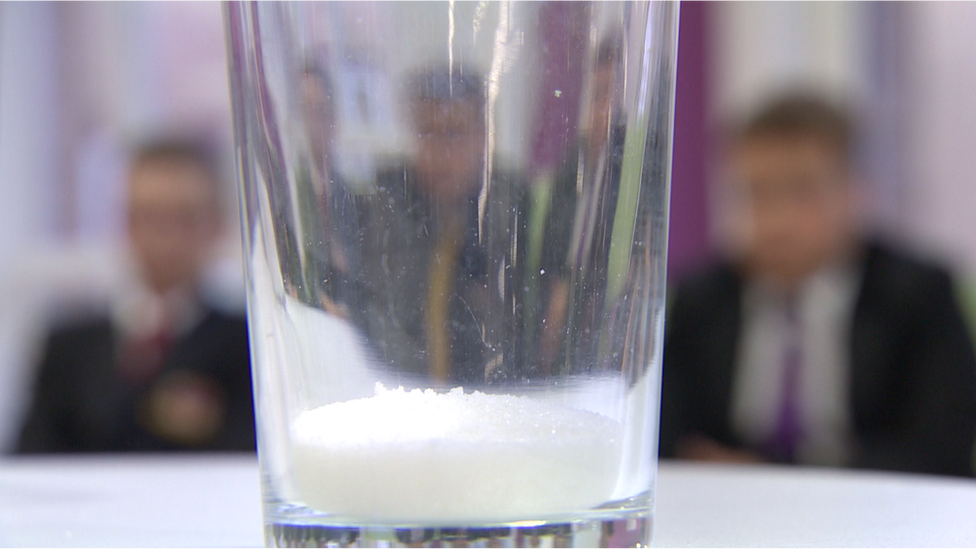
- Published11 December 2015
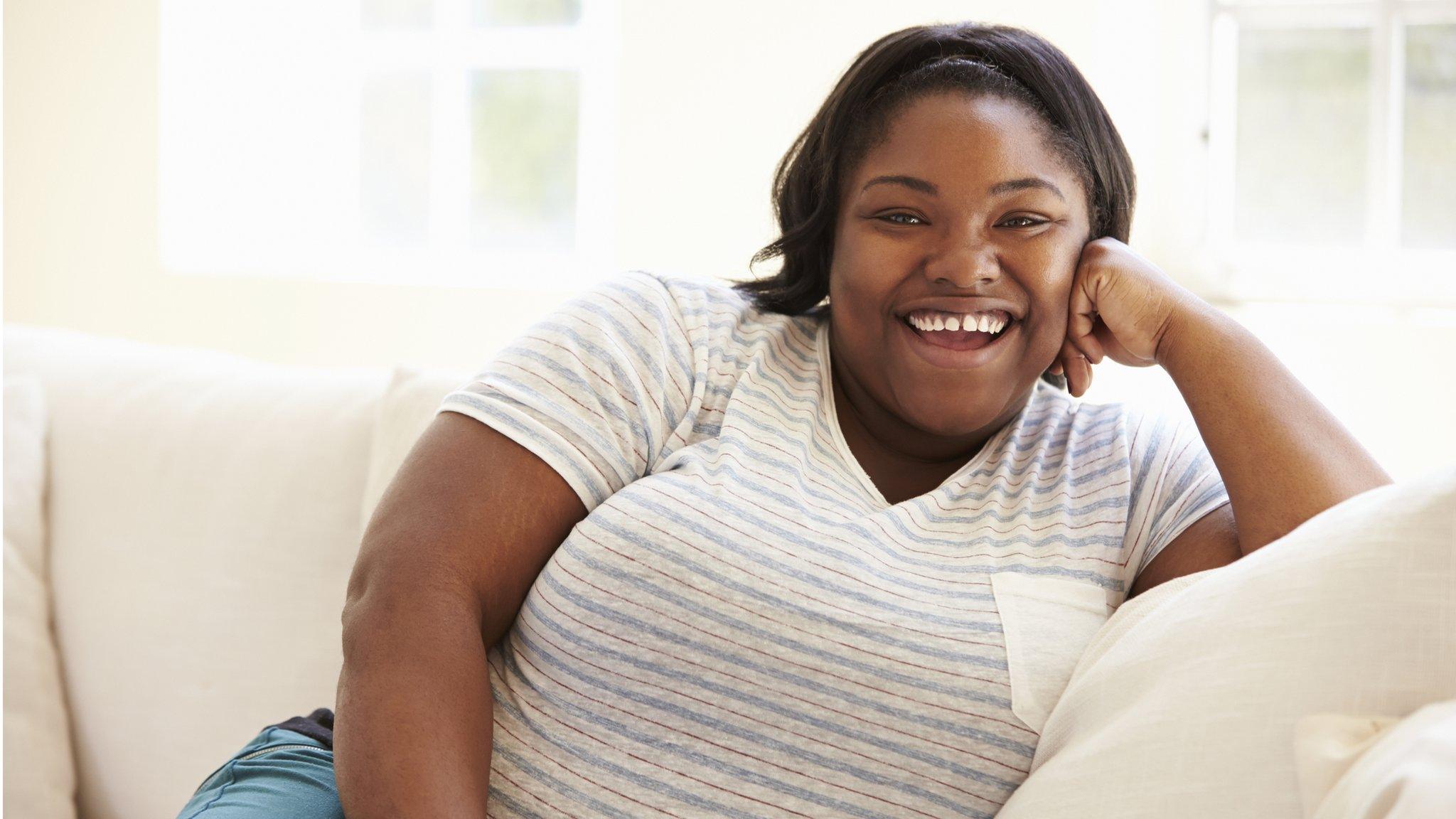
- Published30 July 2015